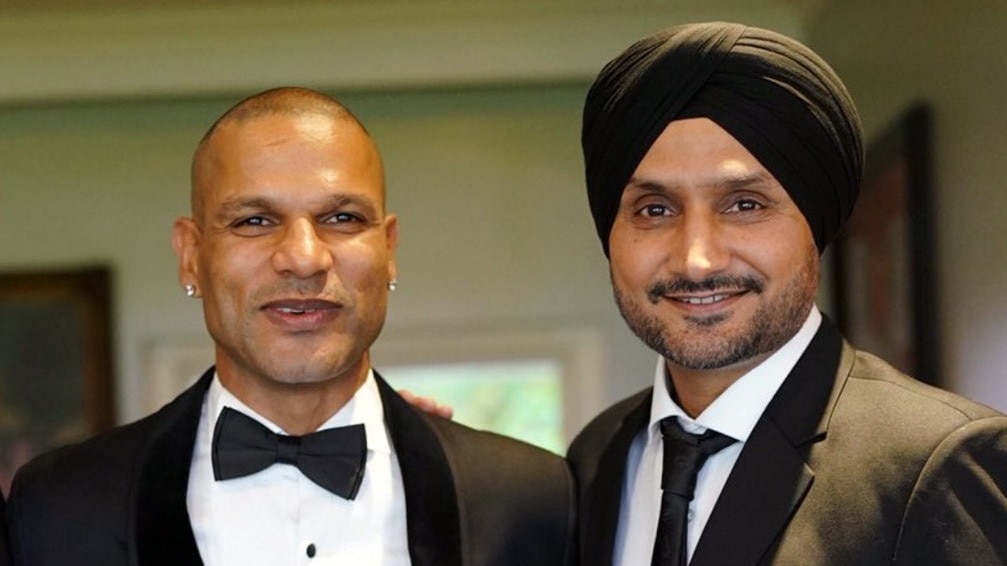Why York Park is not considered an alternative to the proposed Macquarie Point Hobart stadium
Of all the questions asked by Tasmanians throughout the stadium debate, a couple stick out.Why does a new stadium need a roof? Why does Tasmania need a stadium at all?But perhaps the most often asked question relates to the team location.Why can't a Tasmanian AFL team be based in the more geographically central city of Launceston and play out of York Park?It's been regularly raised by ABC's state election Your Say respondents.The problem isn't York ParkEven with a planned upgrade, York Park will still be too small to be the Devils' primary home ground. (Austadiums.com)Your Say: Tell us what matters to you this Tasmanian election Photo shows Have your say for the Tasmanian election. We want to know what issues matter most to you and what you want us to find out as Tasmania goes to another election.Kate from Blackmans Bay was opposed to a new Hobart stadium and said "they should update the stadium at York Park, Launceston".Gerry in Beauty Point said Tasmania "should have an AFL team based at York Park, upgraded of course".It's not a new proposition.The latest iteration of the argument is rooted in opposition to a new and expensive stadium in Hobart and greater access to AFL games for Tasmanians from the north and northwest.While it's true that York Park is indeed a perfectly solid football ground, with a playing surface regularly referred to one of the best in the nation, York Park's problem isn't York Park.Its problem is Launceston.Hobart preferred for player retentionThe playing surface at York Park is highly regarded. (Facebook: University of Tasmania Stadium)Player, coach and staff retention is a challenge that was quickly identified by the Tasmanian AFL task force when it compiled the Devils business case in 2018, leading it to make a key finding — it would be difficult to attract and retain personnel if the club wasn't based in Hobart."Based on the advice provided to the Taskforce by the AFL, AFL Players Association, community consultation and the fact that most of the playing roster presently would be from the mainland states, Hobart would be the likely team base" it reads."In terms of the key drivers around team location, it should be reconsidered to centre around player attraction and retention, the availability of partner jobs, schools and general demographics."It is highly likely the majority of the playing roster will be from interstate and so air links and general access for partners, families and friends were also assessed," it continues.Stadium issue a vote changer Photo shows Man looking away from camera wears green beanie with 'Devils' written on it Whether or not to spend many millions of dollars on a stadium in Hobart is a question being weighed by voters, with some saying they'll change who they usually vote for.The notion was supported by former AFL commissioner and independent assessor Colin Carter in his analysis of the business case, where he said:"Half the state's population lives in Hobart, which has a good lifestyle, services and airport connectivity, university access, jobs for partners and spouses. And, compared to the mainland, it has modest housing prices and relatively lower cost of living."The point was further impressed by Tasmanian commentator Tim Lane, who gave evidence to a legislative council select committee on AFL in Tasmania in 2020.He believed that "the infrastructure, the social circumstances and what-have-you of the capital city should be available to a group of 40 young men coming together to play football there"."The idea of putting it in a regional city of lesser population, infrastructure and everything else is something that could be seen to weaken the case," he said.Former Collingwood president Eddie McGuire put it a little more bluntly in 2023 when he said: "I don't think there's any kids at the moment lying awake hoping that they're going to play in Tasmania on a refurbished oval in Launceston."Of course, things have changed since then.Crowd numbersLoading...Health issues top the list for these Tasmanian voters Photo shows Table scattered with medical items including a stethoscope. Two people's arms with one taking the other's blood pressure While a proposed AFL stadium has been a hot topic for discussion this election, many Tasmanians say their health needs are the main issue when considering how they'll vote on July 19.The proposed Macquarie Point stadium has people thinking about alternative options for the team, given its cost and location.But does putting the Devils in Launceston solve much of the problem? Would it make the state's AFL dream that much cheaper?While the AFL has listed the current capacity at York Park as high as 19,500, the true figure is considered lower.James Avery, chief executive of Stadiums Tasmania, explained York Park's current seated capacity is 13,106, with a total capacity of 15,500 if you include standing patrons.After the planned redevelopment, the seated capacity would be 16,578, with a total capacity of 17,500.That is short of the forecast average Devils crowd of 18,000, and 6,000 short of the ideally-sized 23,000 needed for games against higher-drawing clubs.Capacity constraints affect financial viabilityYork Park's capacity, even with an upgrade, is considered as not enough to viably host Devils matches with popular opposition teams. (ABC News: Morgan Timms)Tasmania Football Club chief executive Brendon Gale told a planning commission panel last week that playing in a smaller stadium would lock fans out of games, and in turn, hurt the club's bottom line."Our average crowd forecast on a conservative basis is at 18,000 which is already outside the capacity of existing stadia," Mr Gale said."Forget about the financial constraints, we'd have massive capacity constraints." If you want to be a club that provides access and affordability, you're simply not going to be able to get people in. "Tasmanians have taken to displaying stickers to convey their position on the proposed Hobart stadium. (ABC News)Bellerive also not an optionA larger, and costlier, upgrade would be required to get York Park up to the required level of capacity, and while it would likely cost less than what's estimated for a new build at Macquarie Point, it would only create a secondary problem around capacity for games in Hobart.With no new stadium, Devils matches would need to be staged at Bellerive Oval — a 13,000-seat cricket ground, that while capable of hosting games of football, would be too small to satiate the demand of tens of thousands of Devils members, robbing the club of an estimated $5.9 million in revenue each year.Why not Bellerive Oval? The answer is more complicated than you think Photo shows A sports stadium as seen from the sky. Bellerive Oval has hosted AFL games for years, so why does Hobart need a multi-million-dollar stadium for its newly minted footy team?The idea of upgrading that venue has repeatedly been dismissed, given its tight suburban constraints.In 2018, the Tasmanian AFL task force addressed this, firmly declaring playing at Bellerive long-term would be highly detrimental to the team and its fans.It flirted with the idea of basing a team at a 27,000-capacity York Park, but even that would have only been in the short term, and until a new Hobart CBD stadium was constructed.A team playing out of Launceston, with Hobart as its secondary venue, would also make little sense demographically.Numbers just don't add upThe AFL lists the record attendance for York Park as 20,971, when the Hawks played Richmond in June 2006. (Supplied: City Of Launceston)There are 114,000 people living within a 25-kilometre radius of Launceston, compared to about 250,000 people within the same distance of Hobart.About 70 per cent of the state's population live within a one-hour drive of the capital, compared to about 30 per cent for Launceston.That might be why the proposed split for Devils games in Hobart and Launceston from 2028 is 7 and 4.A team in Launceston might be good for Launceston, but it would be bad for the team — and not much chop for most Tasmanian football fans.And while it would probably save some short-term stadium spend, the long-term cost could be much higher.









